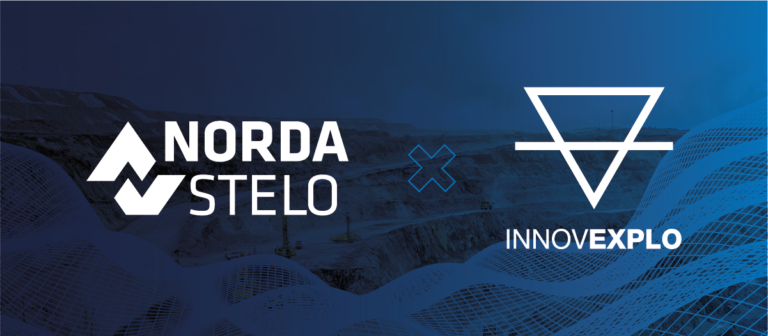Technology has evolved in recent years, making many companies’ work simpler while improving precision and accuracy. Thanks to advanced software, this phenomenal technological advancement has greatly expanded expert services in a wide range of fields, including mining and exploration. This is also true for simulation, which has been used in the mining industry for more than 20 years now. What’s more, the latest generations of simulation software make it a lot simpler to develop models, allowing specialists to build more complex and accurate models.
Why use process simulation?
You’re probably wondering what process simulation is used for in the mining industry, and how to use it. It all starts with a client who has a problem or something they want to test. Either they don’t have a mine, or they want to change their mining methods and are wondering what repercussions that might have. Implementing something new in the mining industry can be very expensive. Simulation allows experts to create a virtual system that can be used to test the scope of changes or decisions before they are made. It means that the tests can be performed virtually rather than in the field. Simulation can be used for existing operations and new projects alike. In fact, simulations can be used at all stages of a project, from feasibility studies to making modifications (for example, adding a new crusher), developing new methods for materials handling, changing operating methods, or during operations.
Process simulation in everyday work
For this type of mandate, we need to study the system so we can understand it. It has to be programmed and then tested to validate it. That allows us to make recommendations on the best way to optimize the system. Simulation is not an exact science; like many things in life, it is a matter of trial and error. With the help of the simulation model, we try to find potential solutions so we can make the best recommendation possible. It may not necessarily be the optimal solution, but rather the best one that has been tested. Systems can be random. Simulations are invaluable because they take that into consideration.
Simulations can be used to optimize a process or examine different options to improve a project or system that we are working on. Simulation lets us ask questions: “Are we going to achieve the objectives under the conditions we believe are right?” “Is this realistic?” “Can we expect to achieve the results we want?” “What happens if I change something?” “Will I be able to achieve the desired production?” “Will I achieve the goals that have been set?” We can also create what-if scenarios, identify system bottlenecks and find solutions to address them.
Applying process simulation
Sometimes people can make decisions, create a new system design, or think a solution will work on paper, but not really see it in a multi-dimensional way. Some less obvious interactions or elements might not be taken into account. However, simulation models cover all of that. They can point out the things that humans have overlooked. This saves a lot of trial and error on a project. Even better, it saves time AND money! The trial and error takes place virtually, rather than in the field.
The biggest challenges in simulation
Simulation does come with some challenges. It can be difficult to define a situation and create a model that accurately represents that reality so that solutions can be tested. The fact remains that models are creations. Hypothetically, a model could be developed that does not represent reality, meaning its data would not be valid. That’s why it’s important to understand the system and program it to represent what you want it to represent. That involves a lot of work and attention to detail.
The success of simulation
Simulation can preemptively solve a lot of problems before they happen. It allows us to do things with a lot more certainty, and it lets us say, “Yes, we’re going to achieve our goal.” Without a simulation, you’re always a little uncertain, wondering, “What if…?” Simulations can be used to answer those questions.
Technology is changing at a breathtaking pace. It’s evolving exponentially, giving us infinite possibilities for modelling and calculations and letting us measure impacts before a project is even started. As a result, we can avoid problems or negative effects. Thanks to emerging sciences and artificial intelligence, the future still holds many surprises in store for us. We will no doubt see discoveries and technologies that seemed like flights of fancy not long ago. It is up to us to take advantage of them!
Want to learn more about process simulation? Don’t hesitate to get in touch with Geneviève to discover more about the advantages of this state-of-the-art tool.
Sources
- Simulation – Definition
- La simulation numérique (French only)
- Simulateurs de procédés (French only)
- Wikipedia – Process simulation
- Wikipedia – Simulation
- InnovExplo




